
Circular Tower of Maragheh
Maragheh is one of the northwestern cities of Iran, where numerous historical monuments are located. This city is one of the most populated cities of West Azarbaijan Province and is known as one of the scientific centers of the Seljuq era and one of the capitals of the Ilkhanate (along with Tabriz and Soltanieh) dynasty.
The existence of the historical Maragheh Observatory, which was, once upon a time, an international center of scientific research, speaks of the scientific and political importance of this city at that time. The Circular Tower of Maragheh is one of the historical monuments of this city, is, in fact, a tomb but the identity of the person buried in it is not known. Of course, according to some experts, prior to being a tomb this site was used as a defense fort.
The Circular Tower of Maragheh can be considered as one of the historical towers of Maragheh. Gonbad-e Sorkh (Red Dome), Gonbad-e Kabud (Blue Dome), Ghaffarieh Dome, and Gouy Tower, which was completely destroyed in 1938 AD, are the other towers of this city. These towers are, in fact, a set of tombs built in the form of domed towers, which were constructed mainly during the 13th to 15th centuries AD (6th to 8th AH) in Maragheh, and all of them were inscribed on the list of Iran’s national historical heritage in the year 1932 AD.
The Architecture of Circular Tower of Maragheh and the Materials Used in Its Construction
The Circular Tower of Maragheh has a portal with a frame and a crescent-shaped arch, in which there is an inscription decorated with bricks and turquoise color tiles. The date of the construction of the building mentioned in this inscription is 563 AH (1167 AD), which coincides with the era of Seljuq rule. In this period, a lot of importance was given to the construction of tower-shaped tombs and minarets such that the number of these buildings was more than mosques. The architects of the Seljuq era had a special skill in building domes and used brickwork as the main way to decorate the facade of buildings.
There is a room above the cellar, called the “Upper Room”, which had stucco decorations in the past, but these decorations have disappeared over time. There are no special decorations on the exterior of the building and the entire area is covered with ordinary brickwork.
Carved limestone and clay bricks were used to build the Circular Towe of Maragheh. The main mortar used in this building is Sarooj, which is one of the oldest Iranian mortars and has been used in the construction of many buildings throughout Iran. The strength of Sarooj had made it one of the most widely used materials in Iran’s construction before the widespread use of cement.
Despite being strengthened with the use of Sarooj the two-layered dome and the roof of the Circular Towe of Maragheh have been destroyed over time. In later periods, a gable roof was built on the structure to prevent its complete destruction. However, since the construction of this gable changed the characteristics of the building to some extent, it was somehow amended to preserve the originality of the building.
Buildings Adjacent to the Circular Towe of Maragheh
Having seven towers known as “Maragheh Domes”, Maragheh has been known as the “City of Towers”. These buildings are located at a short distance from the Circular Towe of Maragheh.
Presently, only four of the seven towers of Maragheh are left, which include the Circular Towe of Maragheh, the Red Dome, the Blue Dome, and the Ghaffarieh Dome. The Red Dome is one of the oldest buildings of the Islamic era, the Blue Dome, like the Circular Tower of Maragheh, belongs to the Seljuq era, and the Ghaffarieh Dome was created a little later, during the Ilkhanate period. Ghaffarieh Dome, which is said to have been built by Sultan Abu Saeed Bahadur Khan, is a brick and square building located on top of a stone platform and contains a deep crypt.
The Circular Towe of Maragheh was inscribed on the list of Iran’s national heritage in the year 1932 AD.
The Circular Tower of Maragheh has a portal with a frame and a crescent-shaped arch, in which there is an inscription decorated with bricks and turquoise color tiles. The date of the construction of the building mentioned in this inscription is 563 AH (1167 AD).
| Name | Circular Tower of Maragheh |
| Country | Iran |
| State | East Azerbaijan |
| City | Maragheh |
| Type | Historical |
| Registration | National |
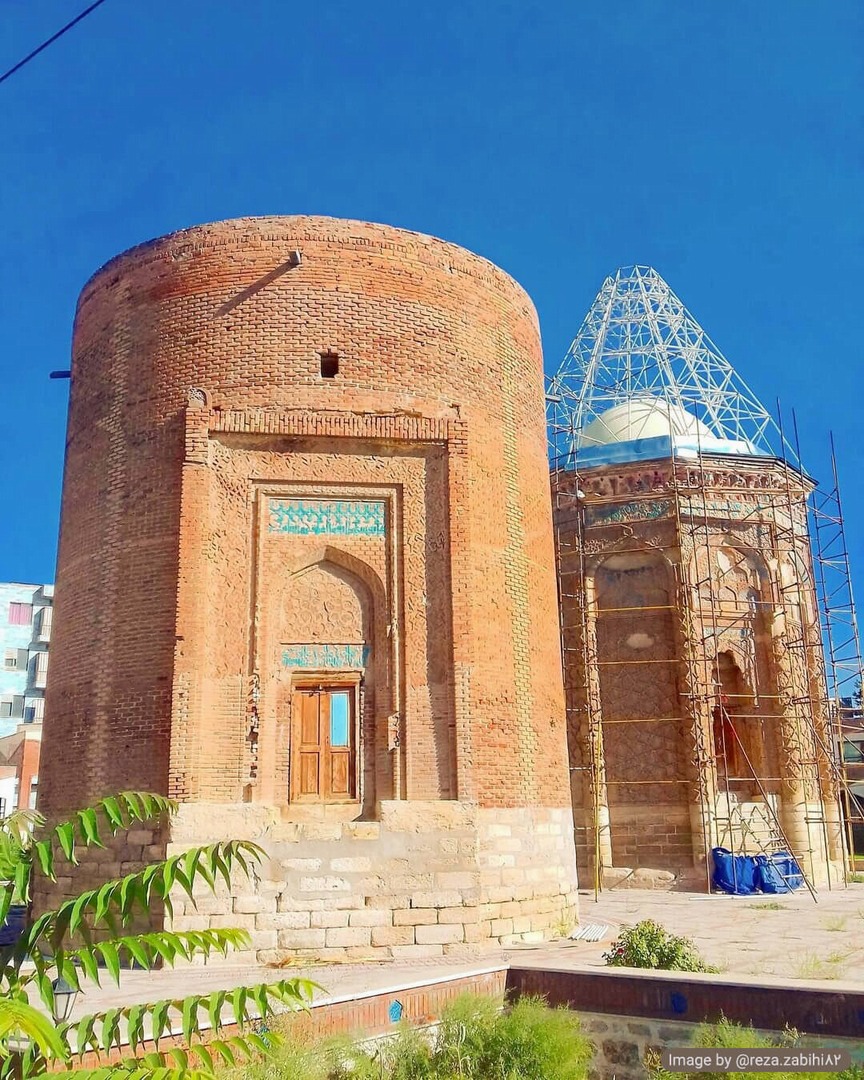

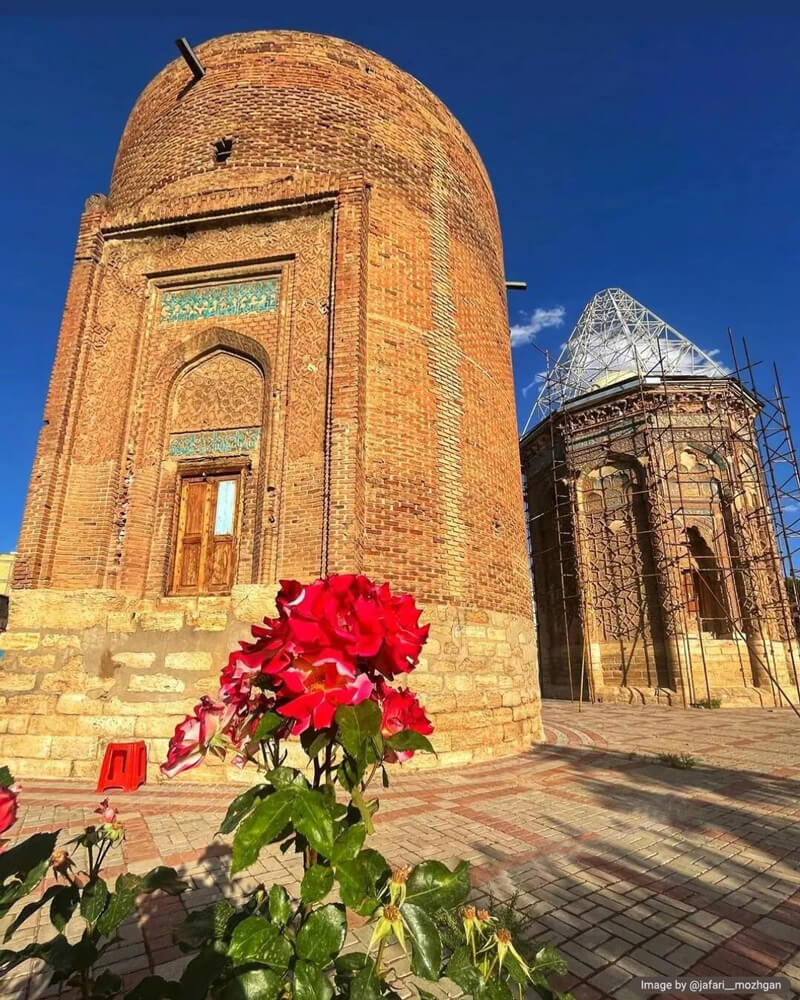
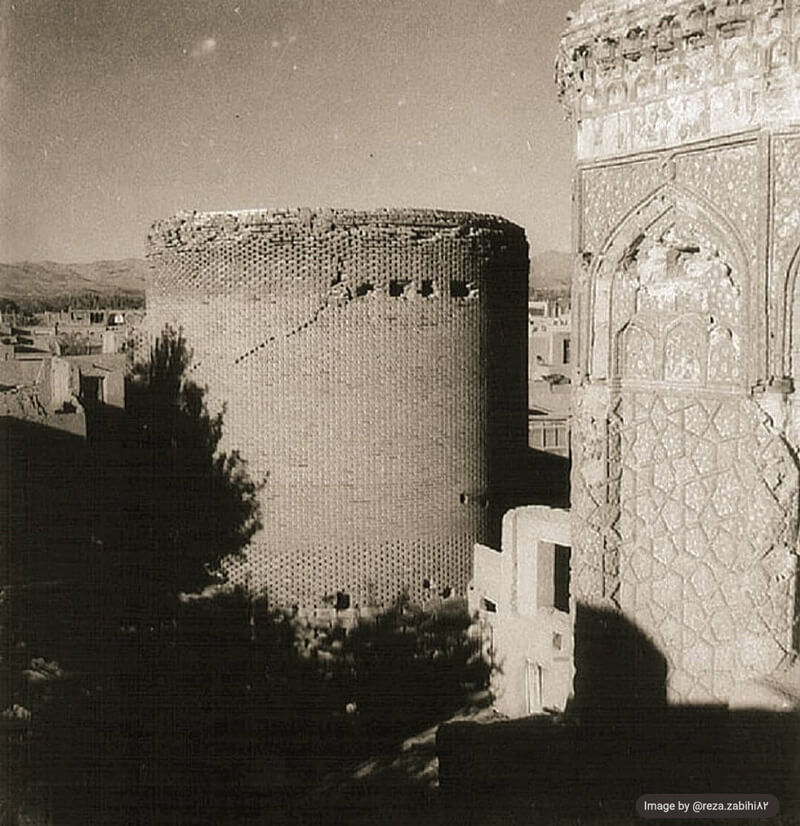




Choose blindless
Red blindless Green blindless Blue blindless Red hard to see Green hard to see Blue hard to see Monochrome Special MonochromeFont size change:
Change word spacing:
Change line height:
Change mouse type:
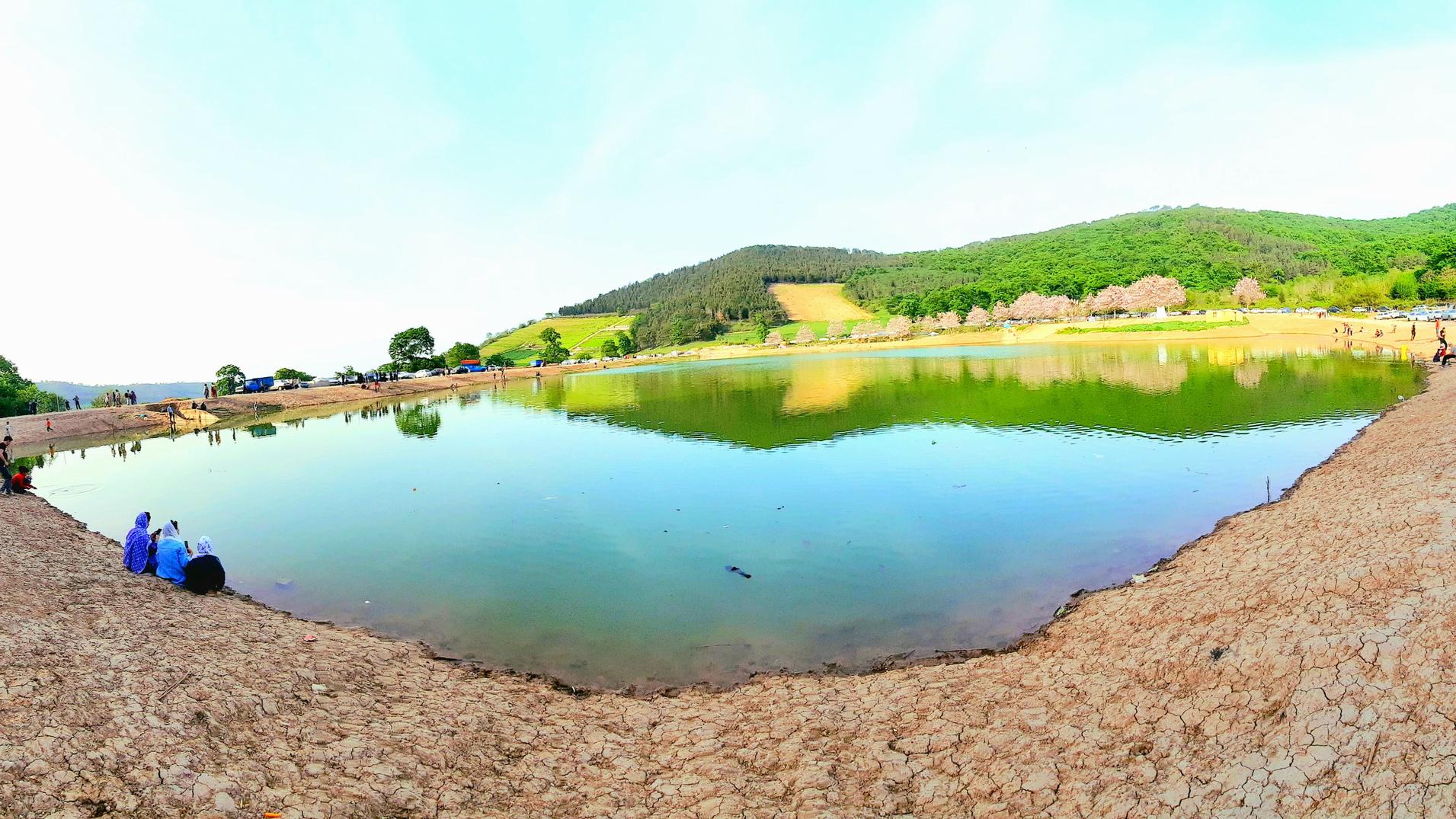
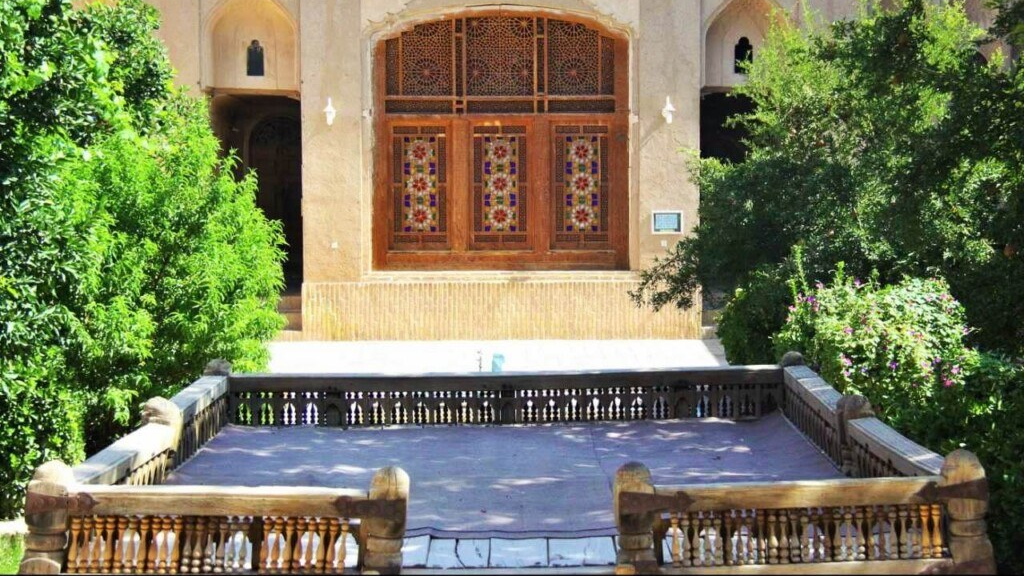
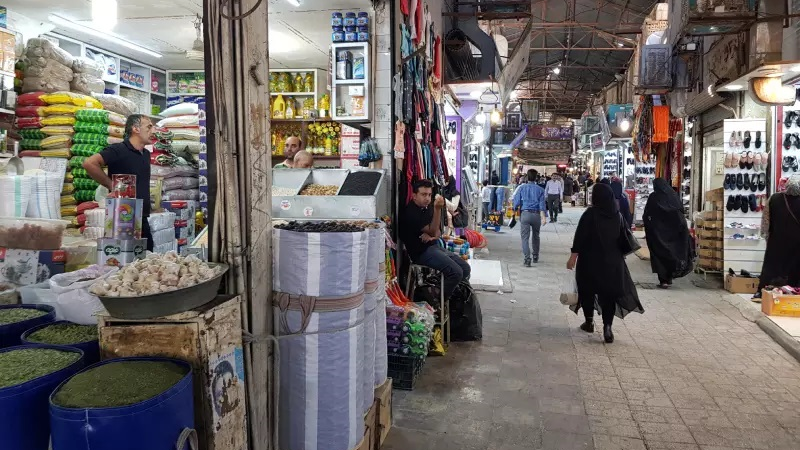
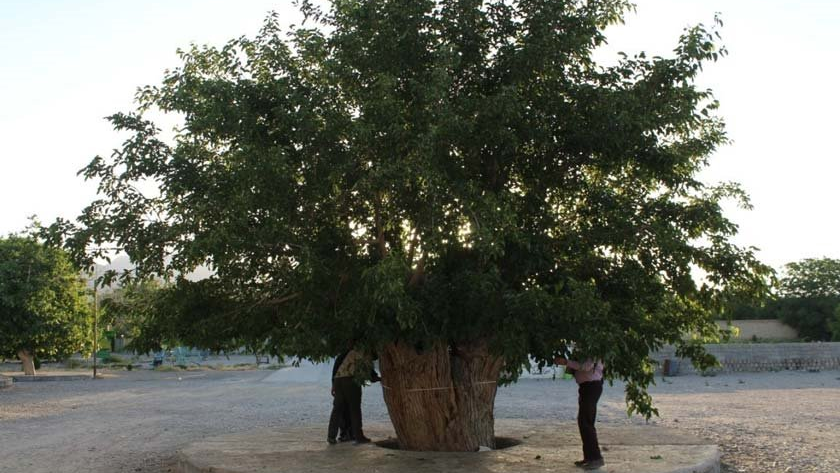
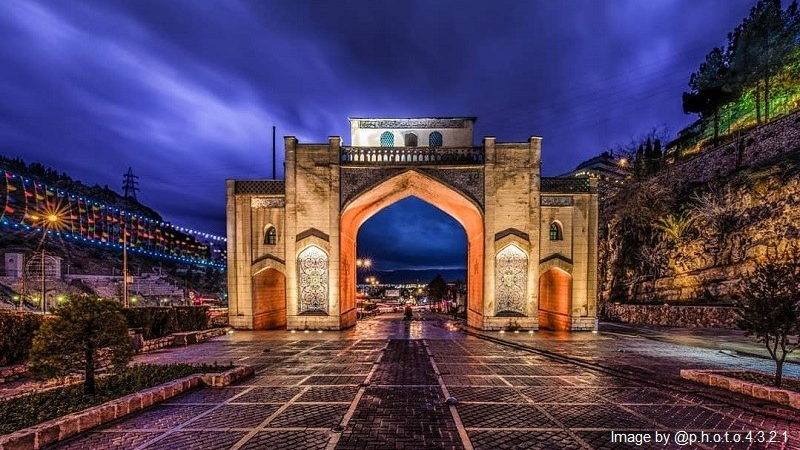
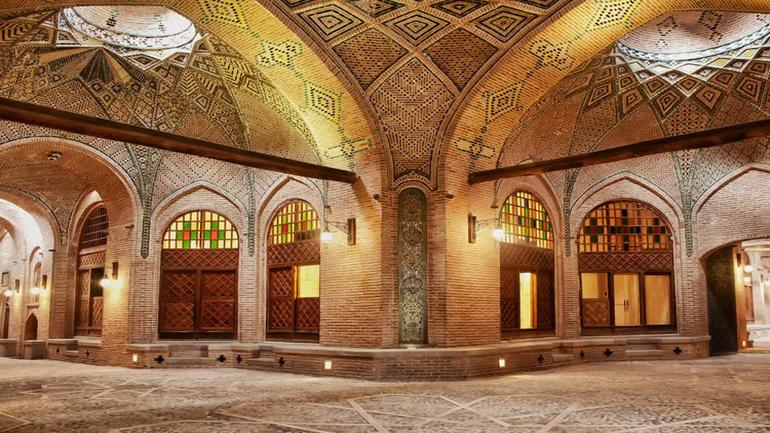
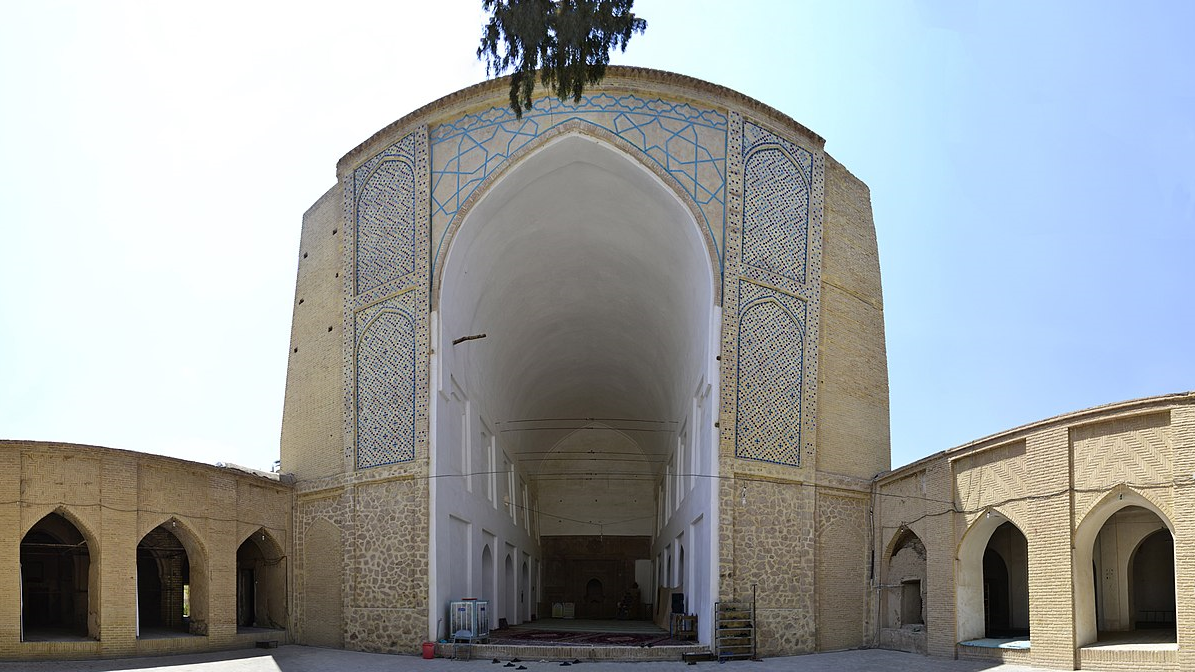

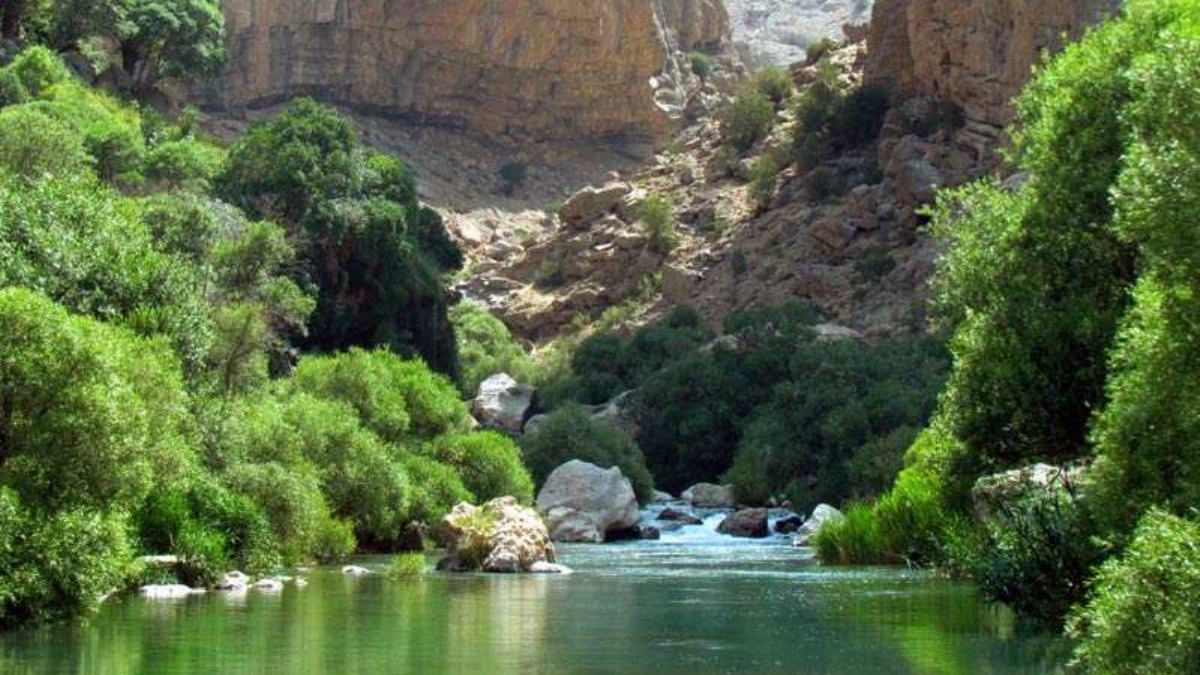
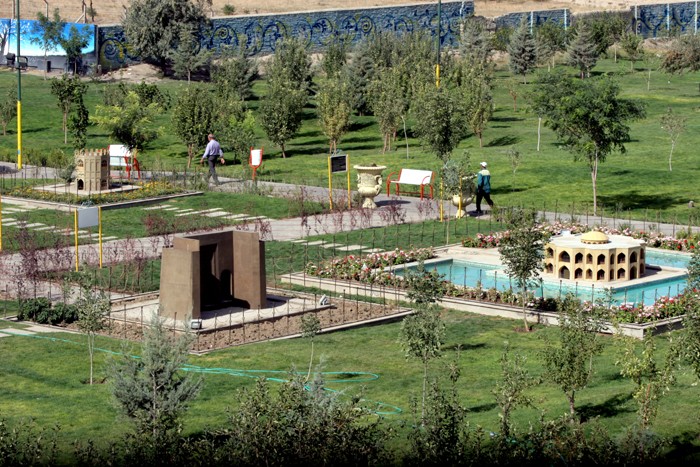
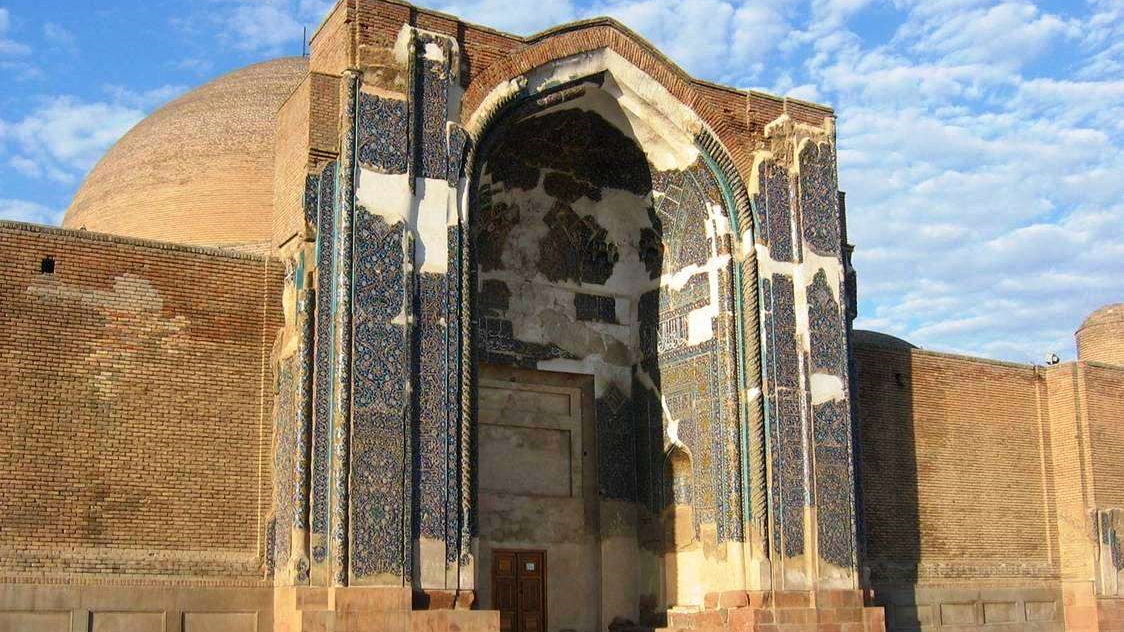
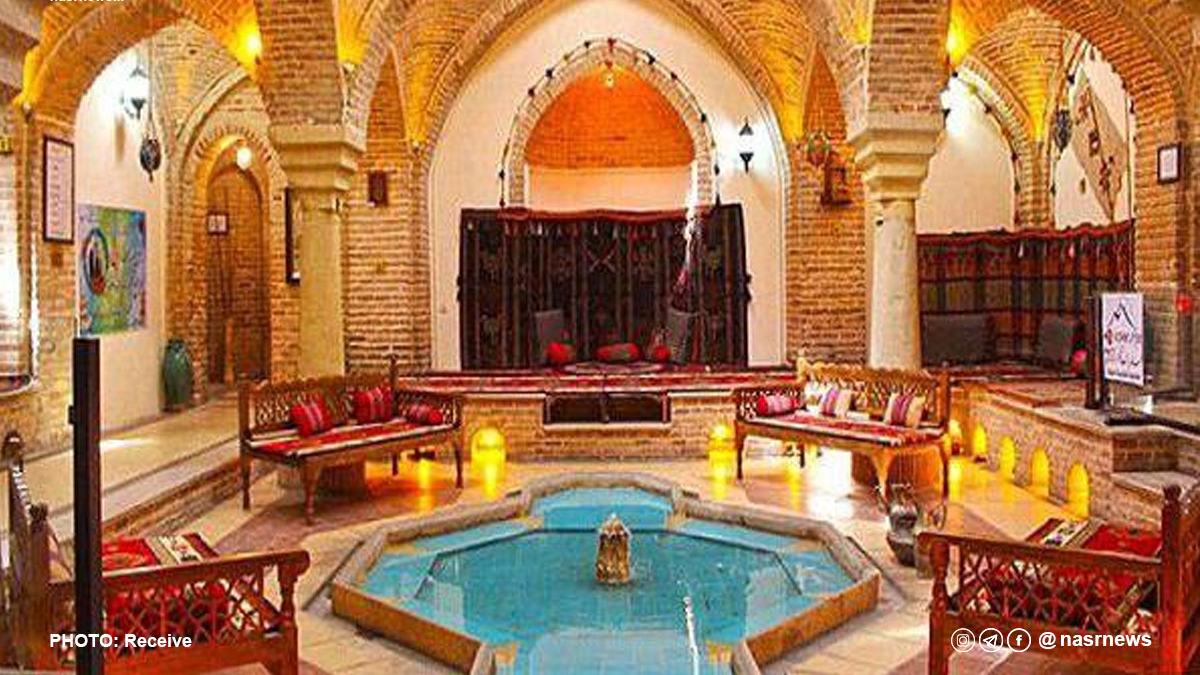

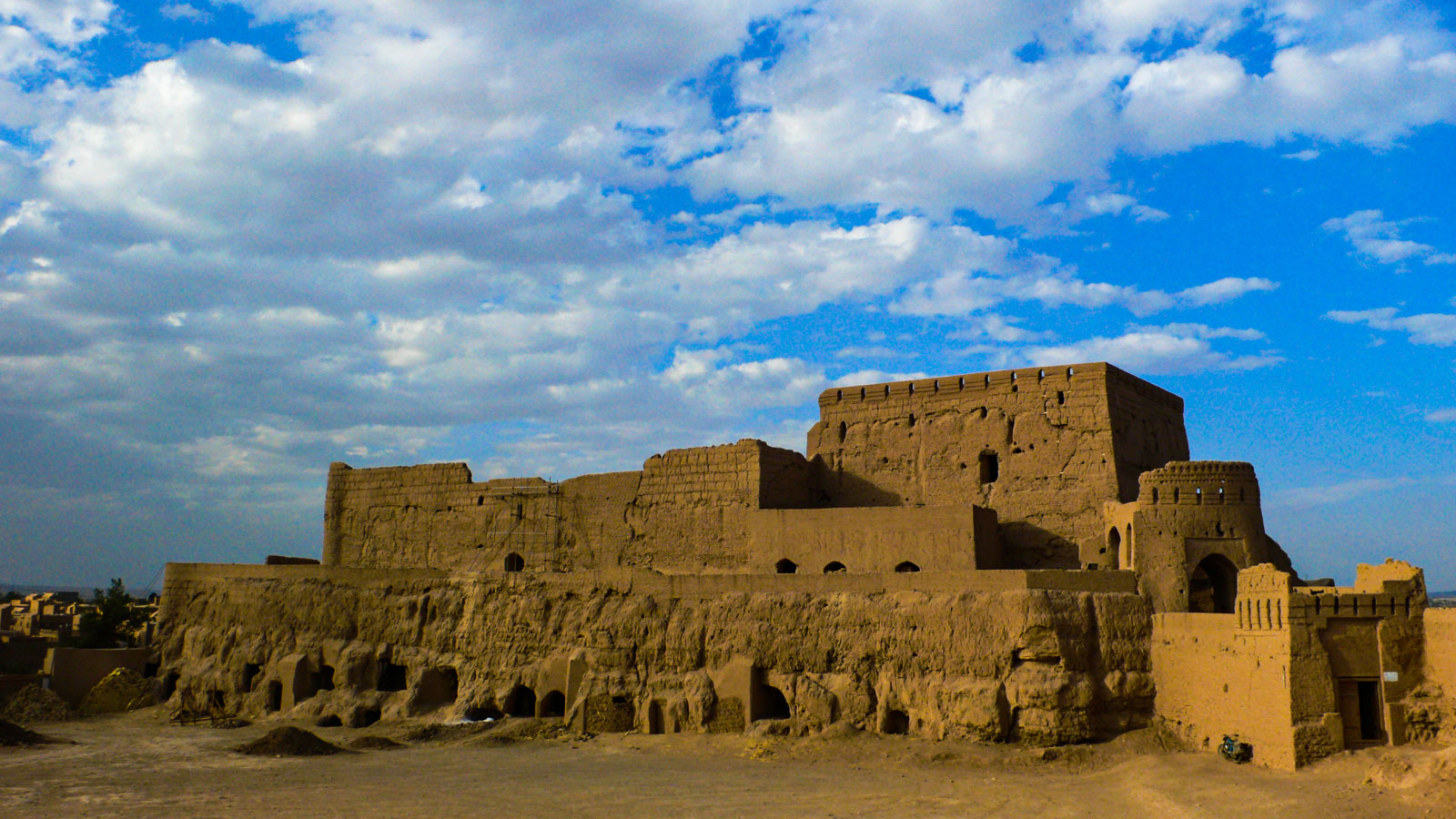
 در تخت جمشید_crop_2.jpg)